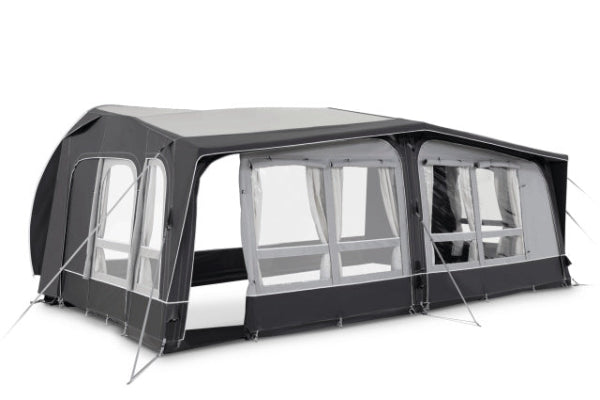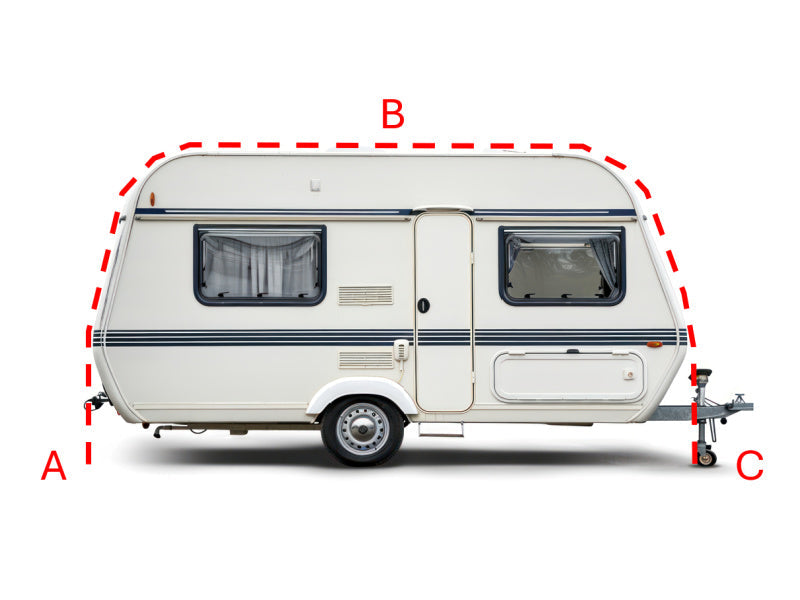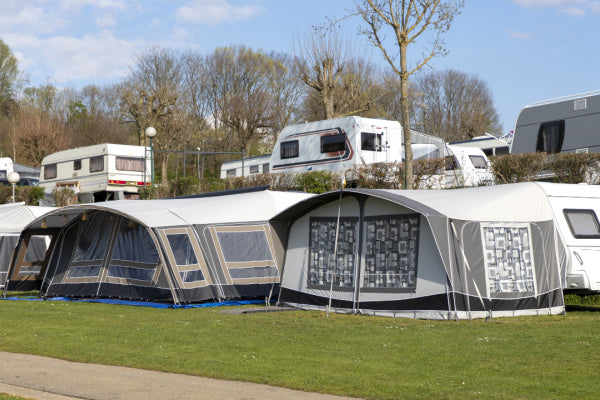What Can a 150W Portable Power Station Run?
Ever wished your phone, fan, or fairy lights could survive a weekend in the wild? A 150W portable power station can run small gadgets like phones, laptops, and LED lights—perfect for camping, blackouts, or dodging civilisation. Curious what not to plug in? Read on before you fry something.
Understanding Your 150W Power Station: Key Specs & What They Mean for You

Decoding the Numbers: Watts, Watt-Hours, and Your Devices
A 150W portable power station is a handy device when you're on the move. It's useful for camping trips, power cuts, or simply as a backup for your gadgets.
These compact units can charge multiple devices at once. That includes phones, laptops, small lights, and other low-wattage appliances.
Understanding what it can realistically power is key to making the most of it.
What “150 Watts” Actually Powers (Continuous vs. Surge Explained)
The 150W capacity refers to how much power the unit can deliver at any given moment. It can handle charging phones, running LED lights, or powering a small laptop.
However, anything above 150W—like high-wattage appliances—won’t work. Some devices may briefly surge above their rated wattage, which can still cause issues.
Make sure your device’s continuous wattage demand stays below the limit.
Watt-Hours (Wh): The True Measure of Runtime for Your Gadgets
Battery capacity (measured in watt-hours) tells you how long your power station can run something. Power output (in watts) tells you what it can run.
Low-wattage devices will last longer, while power-hungry ones will drain the battery quickly.
For example, an LED lamp might run for 10+ hours, while a laptop could run for just 2 to 4 hours.
How to Quickly Check Your Device’s Power Needs (Reading Labels)
Always check the wattage rating on your device. It’s usually printed on the plug, charger, or manual.
This tells you whether it’s safe to use with a 150W station. If it says 200W or more—don’t risk it.
Better to double-check than to damage your gear or overload the unit.
Beyond Wattage: Essential Features and Safe Operation
Must-Have Output Ports (AC, USB, USB-C, DC)
Most power stations come with a mix of outputs: standard AC outlets, USB-A, USB-C, and sometimes DC car ports.
This makes it easier to charge phones, tablets, or run small appliances without extra adapters.
A good mix of ports gives you flexibility when powering multiple devices at once.

Why Inverter Type Matters (Pure Sine Wave for Sensitive Electronics)
Some devices, especially laptops and CPAP machines, need clean, consistent power.
A pure sine wave inverter ensures safe and reliable operation for these electronics. It’s a must-have feature if you're running anything sensitive.
Cheaper stations may use modified sine wave, which isn’t ideal for delicate equipment.
Tips for Safe Use and Avoiding Overload
To avoid issues, never plug in a device that exceeds 150 watts.
Keep usage below the maximum to prevent shutdowns or damage. Also, don’t use extension leads to daisy-chain too many gadgets.
Give the unit time to cool between heavy uses. Read the manual—yes, seriously.
Considering Charging Options (Wall, Car, Solar Compatibility)
Most 150W stations charge via a standard wall outlet. Many also support 12V car sockets and solar panels.
This versatility means you can recharge off-grid or while driving. Just make sure your solar panel’s voltage matches the input range.
Powering Your Life: What a 150W Station Can (And Crucially, CANNOT) Handle
Devices You CAN Confidently Power with 150W
Personal Electronics: Smartphones, Tablets, Laptops (most models), Cameras, Drones
A 150W station can charge a smartphone up to 20 times, depending on battery size.
It can also power laptops for 2 to 4 hours, and charge cameras or drones with ease. These fall well within the wattage limit.
Outdoor & Camping Essentials: LED Lights, Small Fans, Portable Speakers
LED lamps are very efficient and can run for hours. Small fans and portable speakers are also a good match.
If you're out camping or on the road, these essentials make your experience more comfortable.

Emergency & Niche Uses: CPAP Machines (with important caveats & runtime considerations), Modems/Routers, Some Low-Power Car Appliances (e.g., Small Coolers – Check Specs!)
CPAP machines can run on a 150W station, but runtime varies and some require DC adapters.
Wi-Fi routers, modems, and even compact car coolers (if under 150W) can also be powered. Always confirm the draw before plugging in.
Red Flags: Devices to AVOID Plugging Into a 150W Station
High-Wattage Household Appliances (e.g., Microwaves, Coffee Makers, Hair Dryers, Heaters, Blenders)
These appliances far exceed the 150W cap. Plugging one in may trip the power station or cause permanent damage.
Even small versions of these items are usually too power-hungry for a 150W unit.
Power Tools and Other Heavy-Duty Equipment
Avoid drills, grinders, saws, or any other power tools. These demand high startup wattage and steady current.
A 150W station simply isn’t designed for this type of job.
Understanding Why These Can Damage Your Station or Simply Won’t Work
Devices with heating elements, motors, or compressors often draw surges in power. These exceed safe limits.
Best case—they simply won’t turn on. Worst case—they damage the station's circuitry or drain the battery dangerously fast.
Other content you might like:
- How Long Do Portable Power Stations Last?
- Can You Run a TV Off a Portable Power Station?
- Can Portable Power Stations Be Used Indoors?
- Can Portable Solar Power Stations Work in Winter?
- Are Portable Power Stations Allowed on Planes?
- How Many Hours Will a Portable Power Station Last?
- How Long Can a Portable Power Station Run a TV?
- Can You Leave a Portable Power Station Plugged In All the Time?
- Will a 1000W Inverter Run a Refrigerator?
- How Many Batteries Do I Need for a 1000W Inverter?





Leave a comment